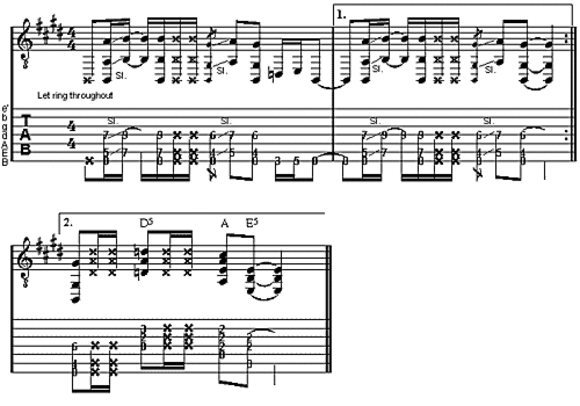6. Workshop - Acoustics
We can give our ears a break for a moment now, as we explore the world of 7-string acoustic guitars.
Although you might think that the 7-string is a recent invention, in fact, manufacturers like Ramirez have been building guitars with seven or even eight strings for many years. Often, the additional strings are used for playing pieces written for other instruments, such as the baroque lute. Usually, the top six strings will be left in the conventional tuning, while the additional lower strings may be tuned to D or C.
The great Spanish guitarist Narciso Yepes was one of the finest exponents of this form of guitar, pioneering the 10-string acoustic, designed and built in conjunction with Ramirez. Yepes instrument was equipped with resonator strings that substantially boosted the volume of the guitar, and added rich harmonic dimensions to the sound.
Among mainstream builders, the Ibanez Artwood range of acoustics includes 7-string models. These are usually offered with a low B string, but many players have experimented with alternative tunings to enrich their picking styles.
Here then, is an example of a 7-string acoustic piece, incorporating the use of octaves to bring out the versatility and tonal depth of the extra string still further. There are some nice slide effects and a harmonic pattern that helps to emphasise the melody
And heres how it should sound: IT´S NOT A TRICK... (MP3)
The great thing about working with a 7-stringed guitar - acoustic or electric - is that it opens up vast new possibilities for a familiar instrument. It encourages you to experiment more and rediscover the infinite potential of the guitar, no matter how many strings it has. Its also a great source of fresh ideas for songwriting. So lets look further, with a journey into the ultra-world of Mr. Vai...


